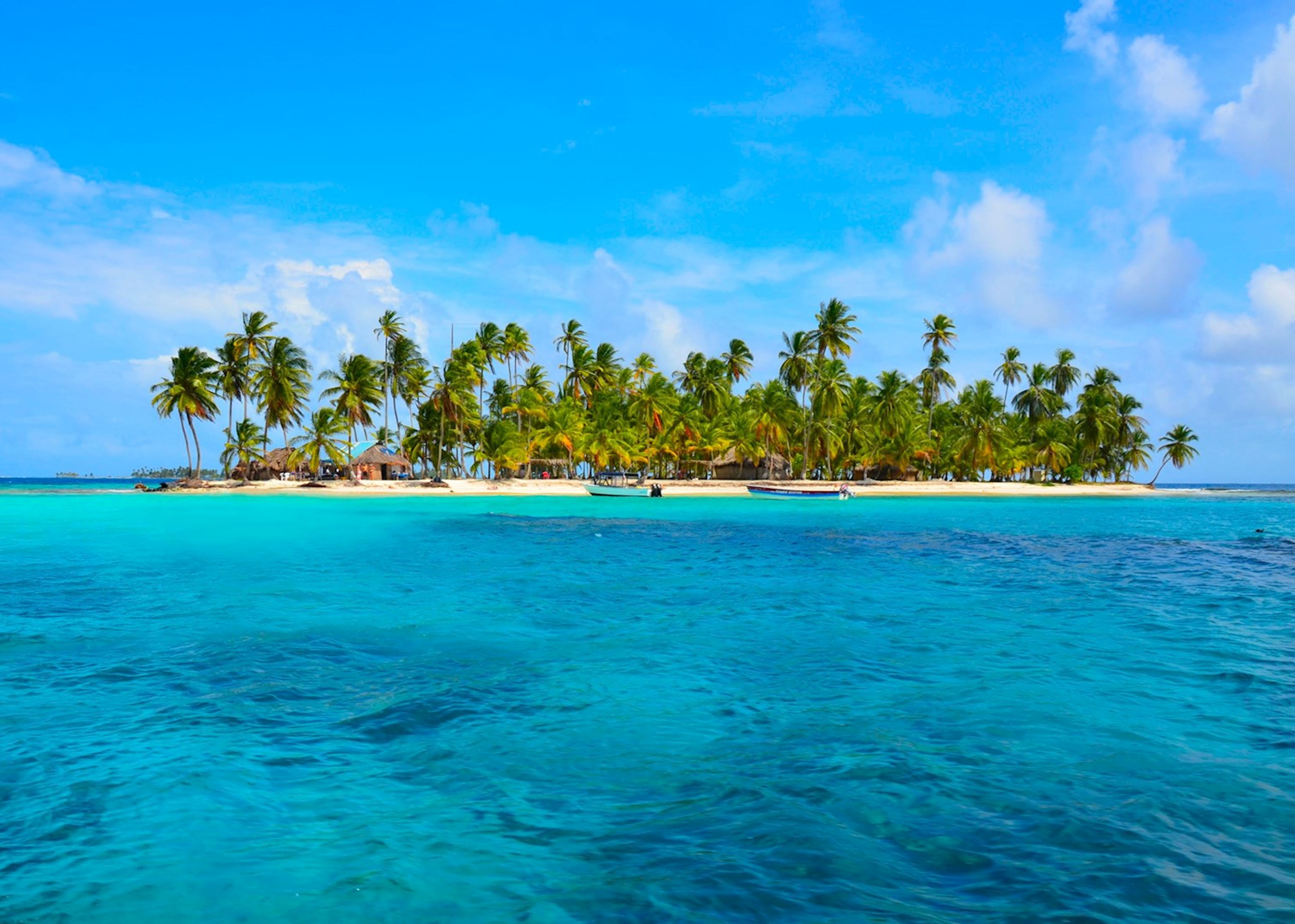
If it was used as a canopy, then even from one cape soldiers were able to make a shelter for four people. It was possible to build a shelter for one person from one plash-palatka and from several to assemble a tent that could accommodate up to twelve people. Therefore, the Red Army soldiers and officers immediately fell in love with this new item in their equipment and treated it quite reverently. Red army soldiers used them even as a comfortable hammock. Weapons were cleaned on raincoats, Plash-palatkas were used as bedding during firing practice or lunch, soldiers slept on them, weapons were cleaned on them as well. With the help of raincoats, the Red Army soldiers could operate in any geographical and climatic conditions - in the mountains, steppes, on a snowy plain.

The plash-palatka set developed in 1938 included: a cape (180 × 180cm), two 65cm long rods, two pegs, a lacing rope. The slit on the right side allowed for the hand to be reached out. One of the ends could be fastened with a rope to form a hood. Plash-palatka (literally "cape-tent") was a shelter-half used as both a part of a larger tent cover or an individual weatherproof cape made of strong, impregnated linen fabric and button up with wooden stakes. He walked around the puddle of blood towards the window. puddle Om de plas bloed heen liep hij naar het raam.

The pools in this region result from the excavation of peat. The rifle units of the Workers 'and Peasants' Red Army plas m ( plural plassen, diminutive plasje n ) a body of still water, pool De plassen in deze streek zijn het gevolg van turfwinning.


 0 kommentar(er)
0 kommentar(er)
